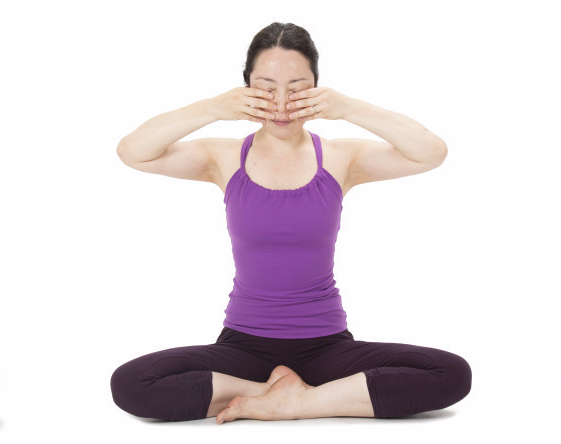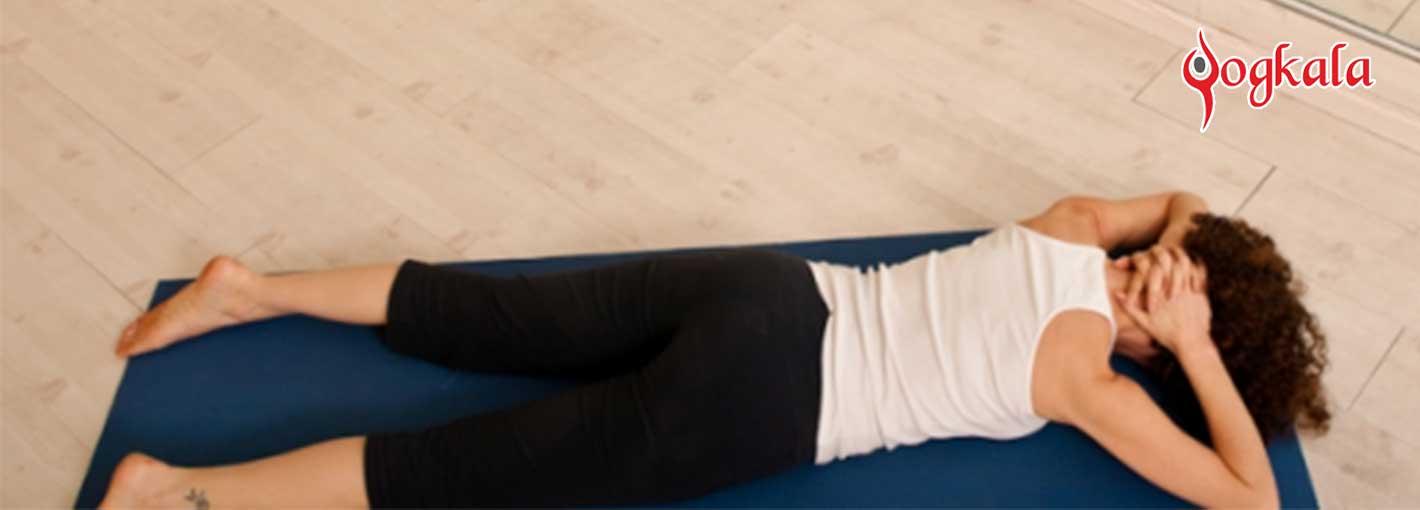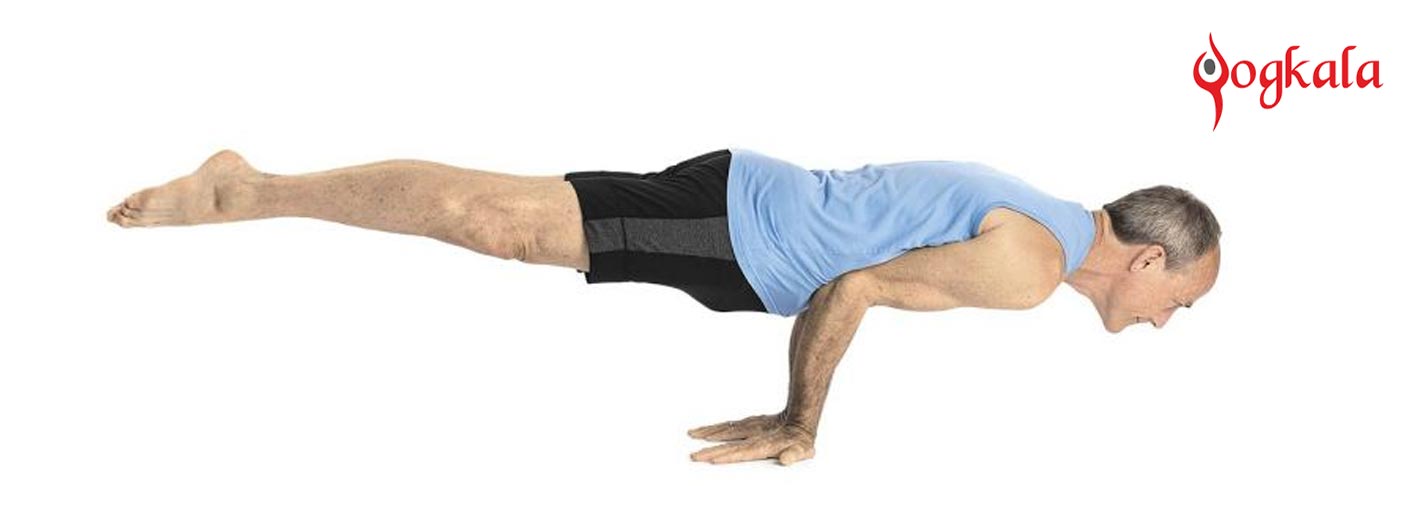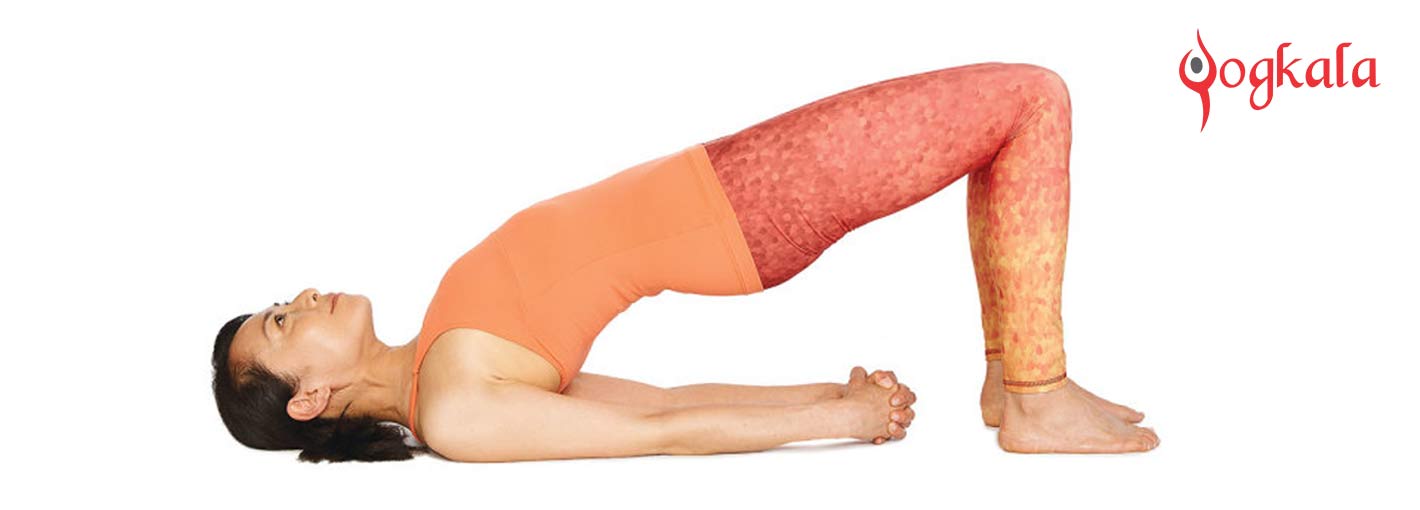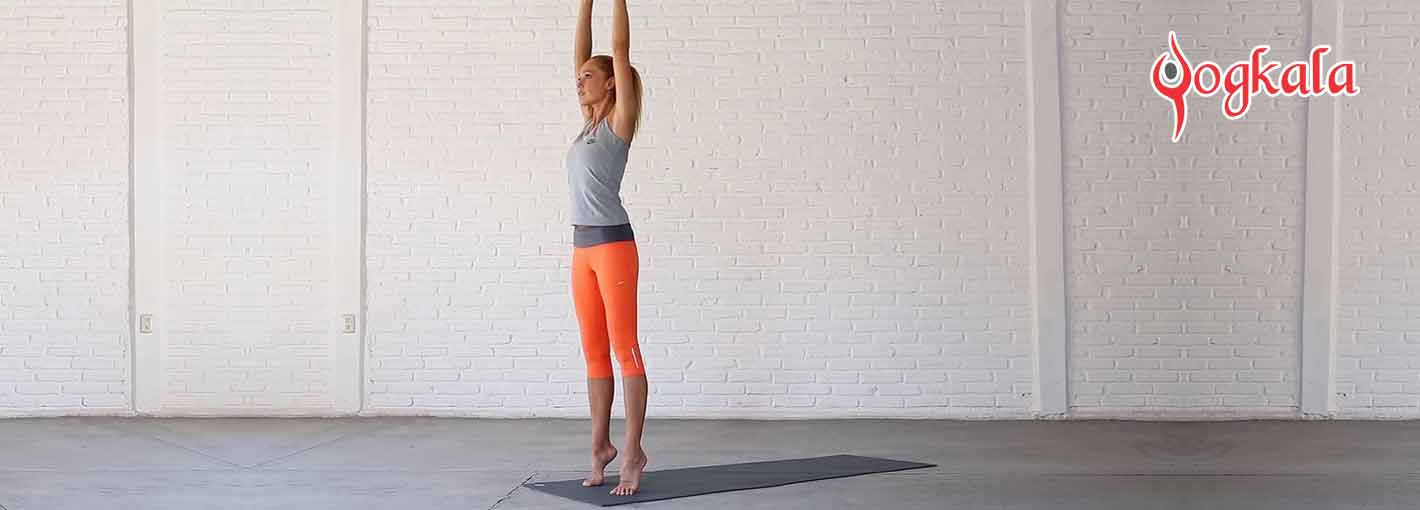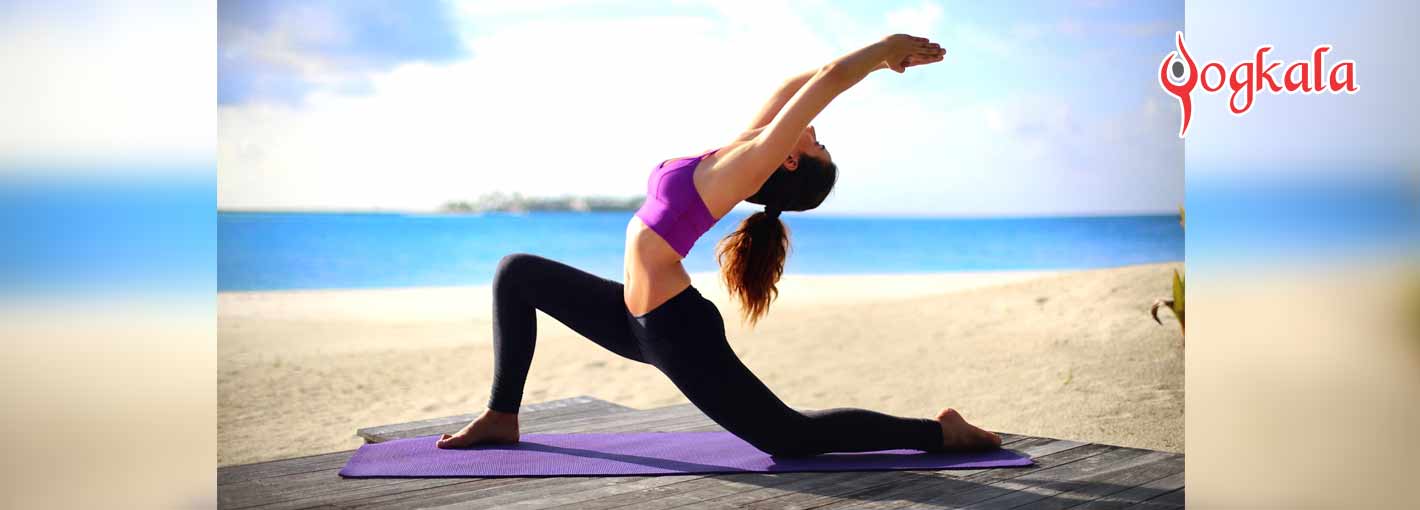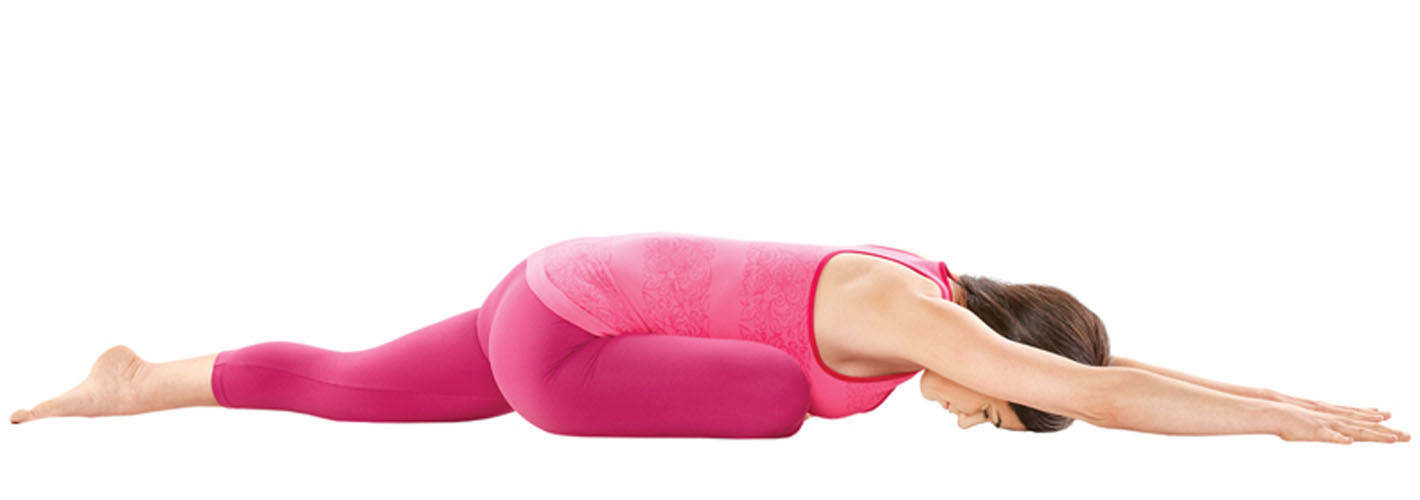Bhramari Pranayama (Bee Breath): Steps, Health Benefits & Precautions
In a busy lifestyle, stress and anxiety have become an inevitable part of our lives. We become vulnerable to depression, insomnia, hypertension and several other illnesses. Practicing yoga helps in relieving and curing several diseases. Bhramari pranayama (or bee breath) is one safe, easy-to-learn and effective breathing exercise. This pranayama is done as a warm up at the start of yoga practice. It has immense therapeutic potential.
In Sanskrit, Bhramari is the name of a black Indian bee. The sound in the exhalation process of this pranayama resembles the humming sound of bee. And this is why, it is also called Humming bee breathing technique.
Keeping in mind the precautions, follow these simple steps and practice Bhramari Pranayama anywhere to destress yourself and to gain these health benefits.
How To Do Bhramari Pranayama?
Image Source = “yogacarol”
- Choose a peaceful and clean surrounding to practise this pranayama
- Sit over a mat in easy posture (cross-legged)
- Keeping your back straight, close your eyes and focus on your breathing
- Gently press your earlids using thumbs.
- Place both your index fingers on forehead and the remaining fingers on eyelids.
- Now breathe in deeply through both the nostrils. And as you breathe out, produce a humming sound without opening your mouth.
- Feel the vibrations in the jaw, lips and throat.
- Repeat it 3-5 times as recommended by your yoga instructor
Health Benefits Of Practicing Bee Breath
- Builds confidence
- Improves concentration and memory
- Reduces blood sugar level
- Provides relief in stress, anxiety, and headache
- Relieves sinus infection or nasal congestion
- Helps in insomnia, thyroid, high blood pressure and migraine
- Promotes positive thinking
- Helps calm the mind and prepares for meditation
Precautions
- Always do it on empty stomach.
- Don’t put your finger inside the ear but cartilage.
- Keep your mouth closed while making the humming sound.
- Don’t put pressure on face.
- Don’t do more than 3-4 repetitions.
- Do not press cartilage hard, be gentle.

